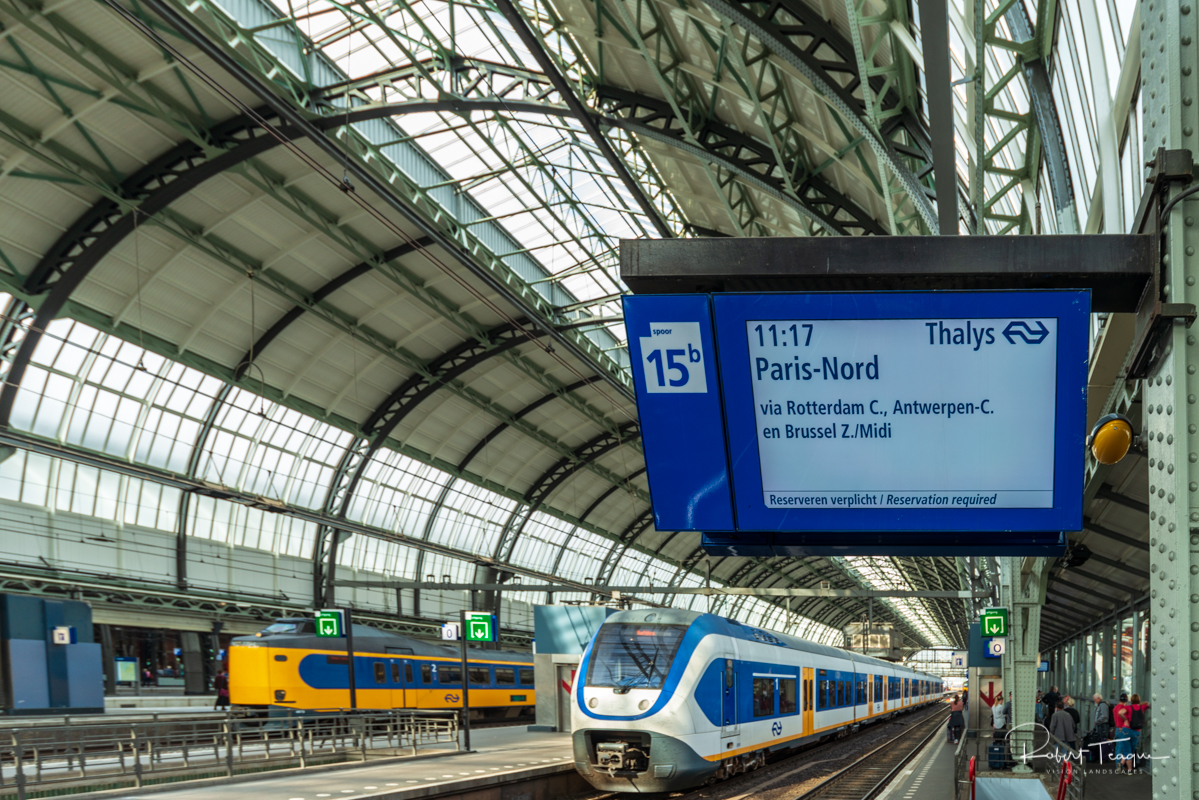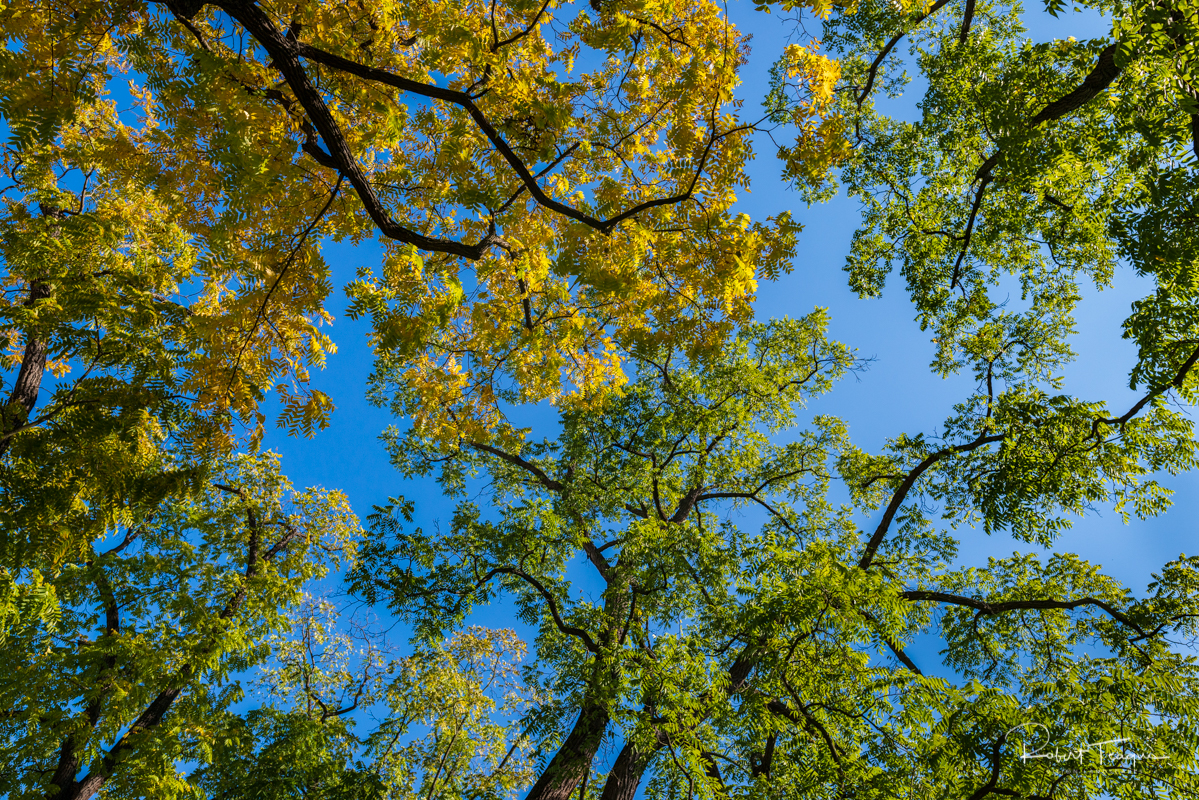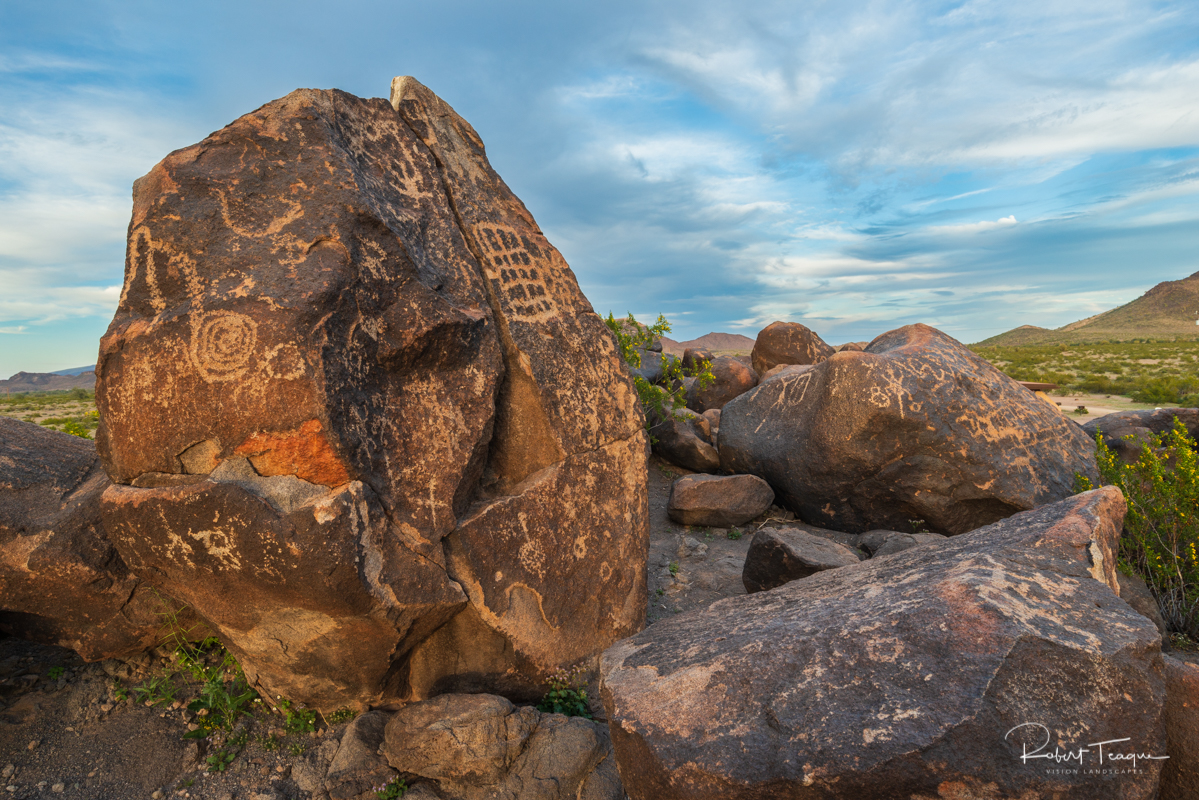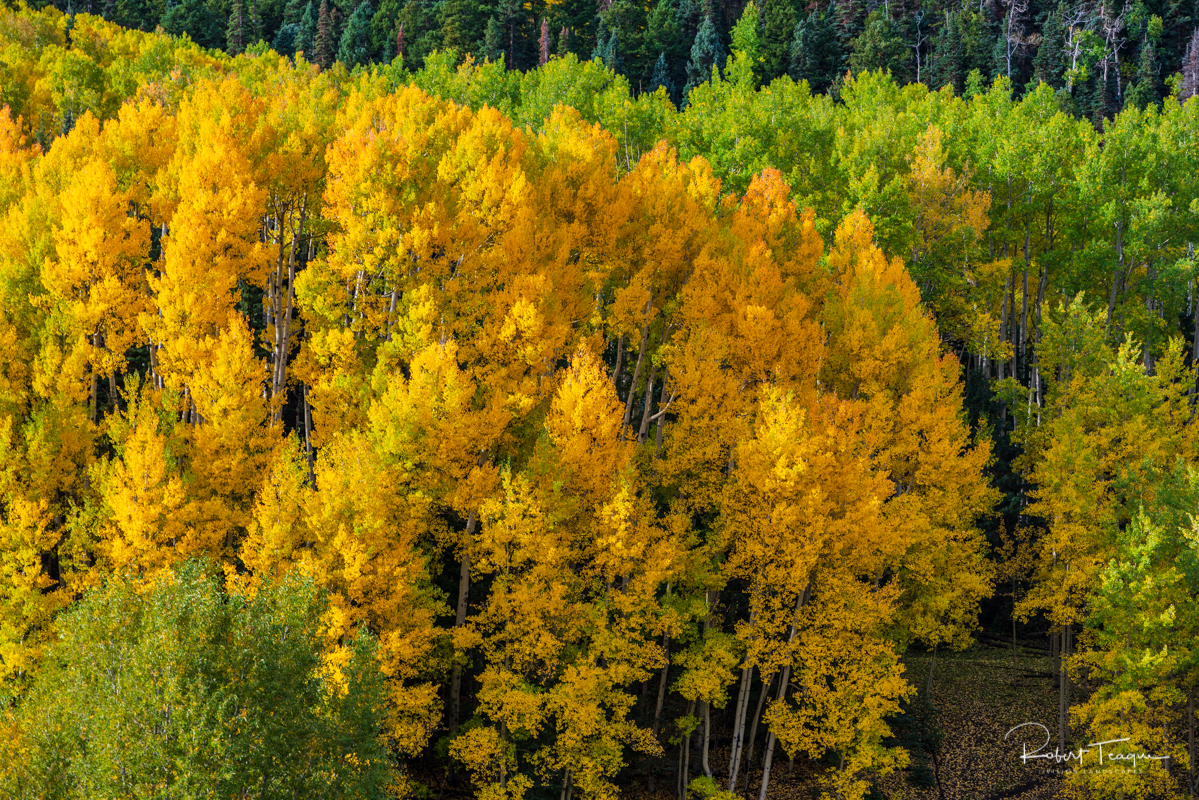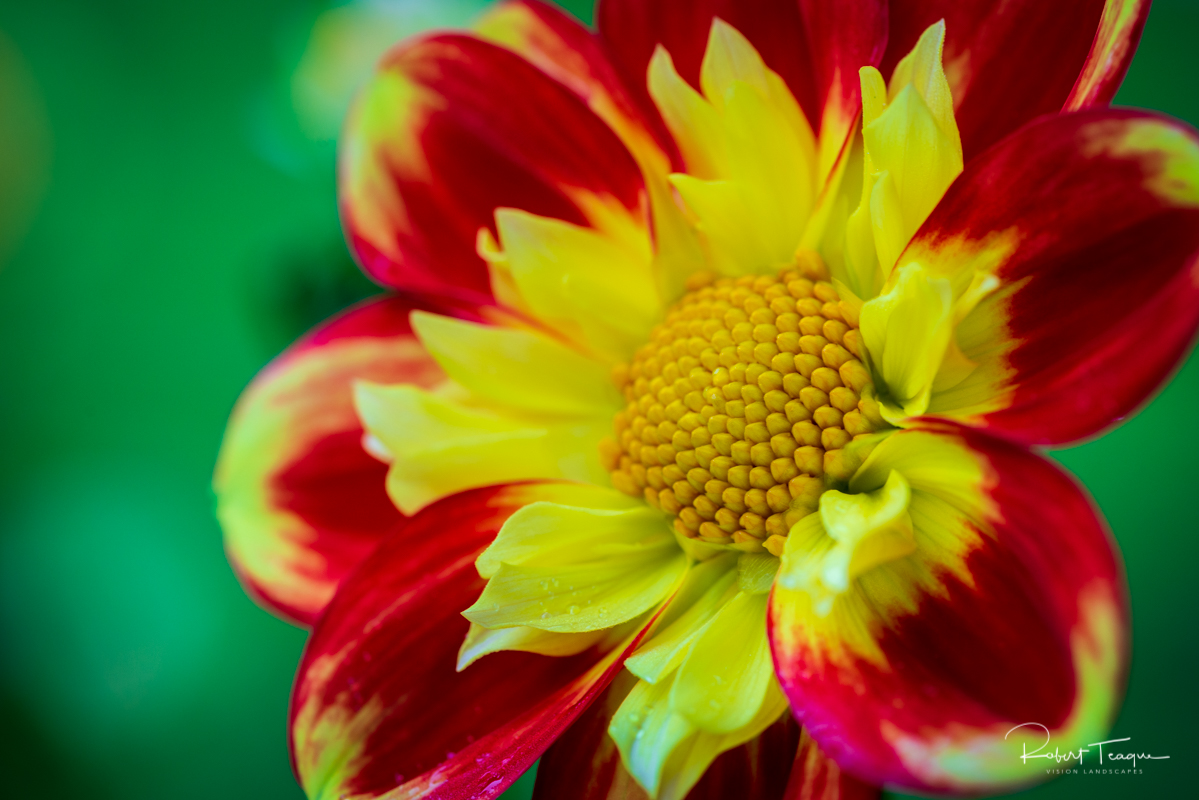Photo and Travel Tips
Often when traveling or spending time in nature, I think about little things that I do when photographing, to help me make the image. Additionally, whenever I travel I make a list of things about the location I'm visiting, as a memory aid, and as a guide to things I should look for. On this page, I present some of those tips and notes that I've developed over these years, in the hope others will find them valuable as well.
Travel Tip : European Train Travel
When travelling through Europe, while it's easy to fly from one place to another, travelling by train offers more comfort while providing a view of the countryside, without the hassle of the airport. It's easy to purchase tickets at the local station and then hop on and go, however, this is often more expensive. Pre Planning your trips and purchasing tickets in advance can lessen the cost. Rick Steves' website is an excellent site to learn about the ins and outs of train travel in Europe.
There are many places online to search for train travel, you can begin by looking for the standard Eurail Pass, which can be limiting and expensive, or sites like Rail Europe to purchase advance tickets on specific lines. I've found that the DB (German) Travel Service website is an excellent place to get an idea of schedules and trip routing (and not just for Germany).
Travelling by train in Europe is really the way to go!!
Photo Tip : Blindspots
We've all heard the saying "can't see the forest for the trees". There is some truth to that saying. Sight is a powerful sense, so powerful in fact, that the mind has developed ways of coping with the breadth of what we see. Part of this coping with the limitations imposed by the mind, is learning to ignore a some of what we see. These limitations carry over into our photography. When setting out to photograph, particularly at a well known location, we are conditioned to look for certain things in certain places, a sort of "blindspot" in our vision.
One way I've found to cope with the power for the blind spots, is to use one of the other senses, for example, closing your eyes and listening to the sounds of the location. The song of bird, for example, may lead to a focus on a tree, which we've passed by multiple times and never considered as a subject. There may be a composition there, never seen or considered before.
Photo Tip : Let the Subject Decide
To anyone who has been involved in photography for some time "Let the subject decide", when considering how to photograph the subject, seems like a pretty obvious statement to make. The reality is that often artistic choices are determined by the lens we have on our camera, whether our feet ache or not, whether we have had our coffee or not, among other things not related to the subject. There isn't much we can do about how we feel, but there is something that can be done for the choice of equipment and how it influences how we approach the subject.
When photographing with the large format camera, the majority of the time I'm beginning from a "clean slate", no equipment is setup. In that situation, I use a cutout card, or even two hands to frame the subject, to get a sense of how the scene may look in the viewfinder. This helps determine the choice of lens and camera position.. I've found this also works with a DSLR.
Photo Tip : In Search of a Tree
I love trees. They provide shelter from the elements, and home for creatures, small and large. Their changing color, with the seasons, reminds us of the passage of time, yet also provides a sense of stability with their longevity. It's no wonder that trees tend to be featured so much in photography.
When photographing trees, it's useful to get a sense of the trees as a community. Trees connect with each other through their root systems. This connection impacts what kind of neighbors a tree will have. You can use this connection in the composition, especially during the fall, when the trees change colors at slightly different times, to highlight the contrast between them, or when they change at simultaneously to highlight the community of trees.
Photo Tip : Consider the Background
Collarette dahlias have to be one of my favorites. I love the colors and patterns of the flower, the way the ring of small, flat petals (florets) surround the center forming a collar. The struggle comes when trying to photograph them, with the intention of highlighting the central disk and its surrounding collar. These open centred flowers are hugely attractive to all types of pollinators.
If you fill the frame with your subject flower, you won't have to worry about backgrounds. Oftentimes, the background can be used to highlight or set apart the subject. In that case, consider the background. If it's messy, use a wide aperture to throw it out of focus. I'll often use manual focus, to zoom in on the area I consider the most important part of the plant, and let the aperture take care of blurring out the distractions.
